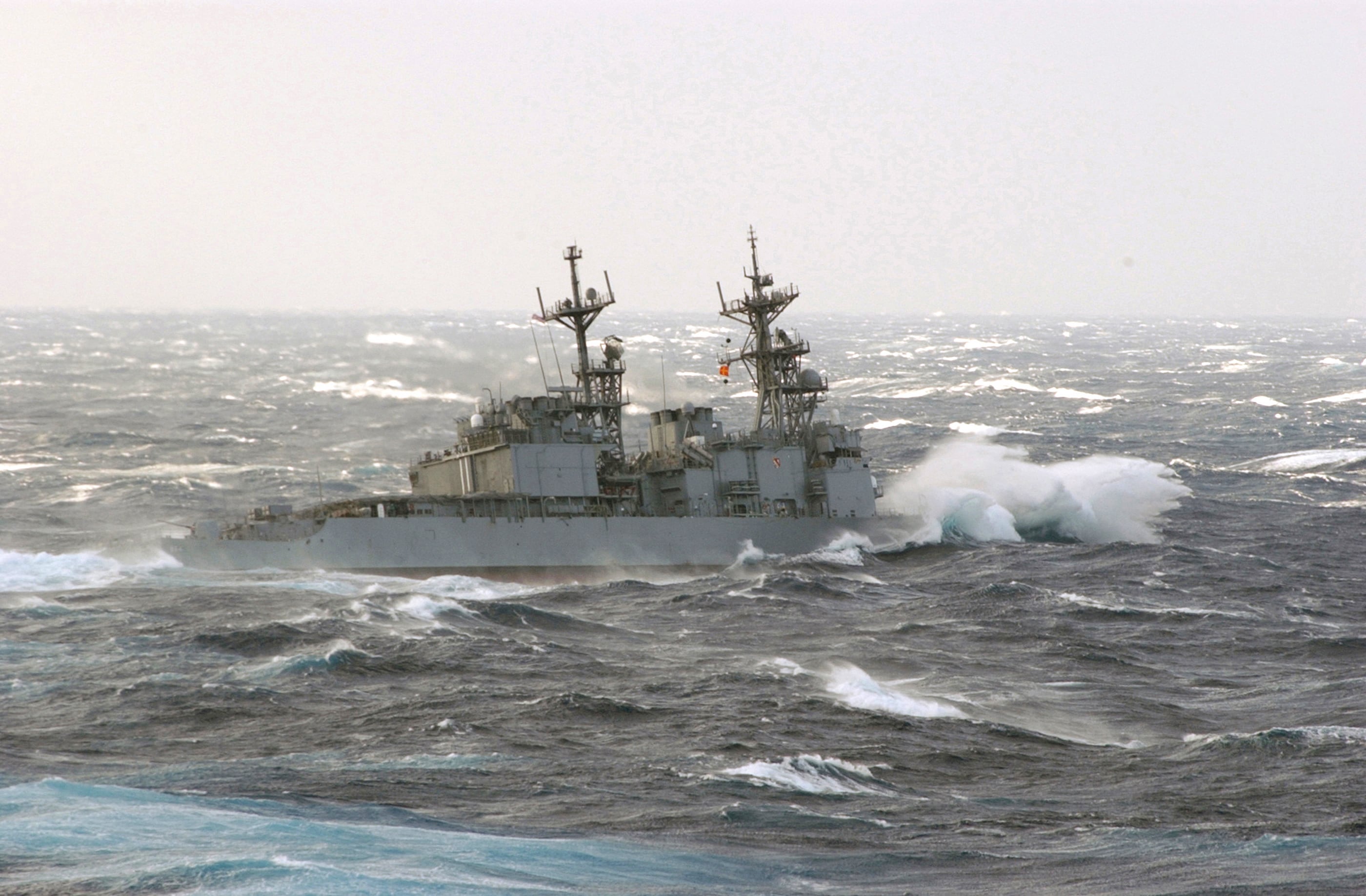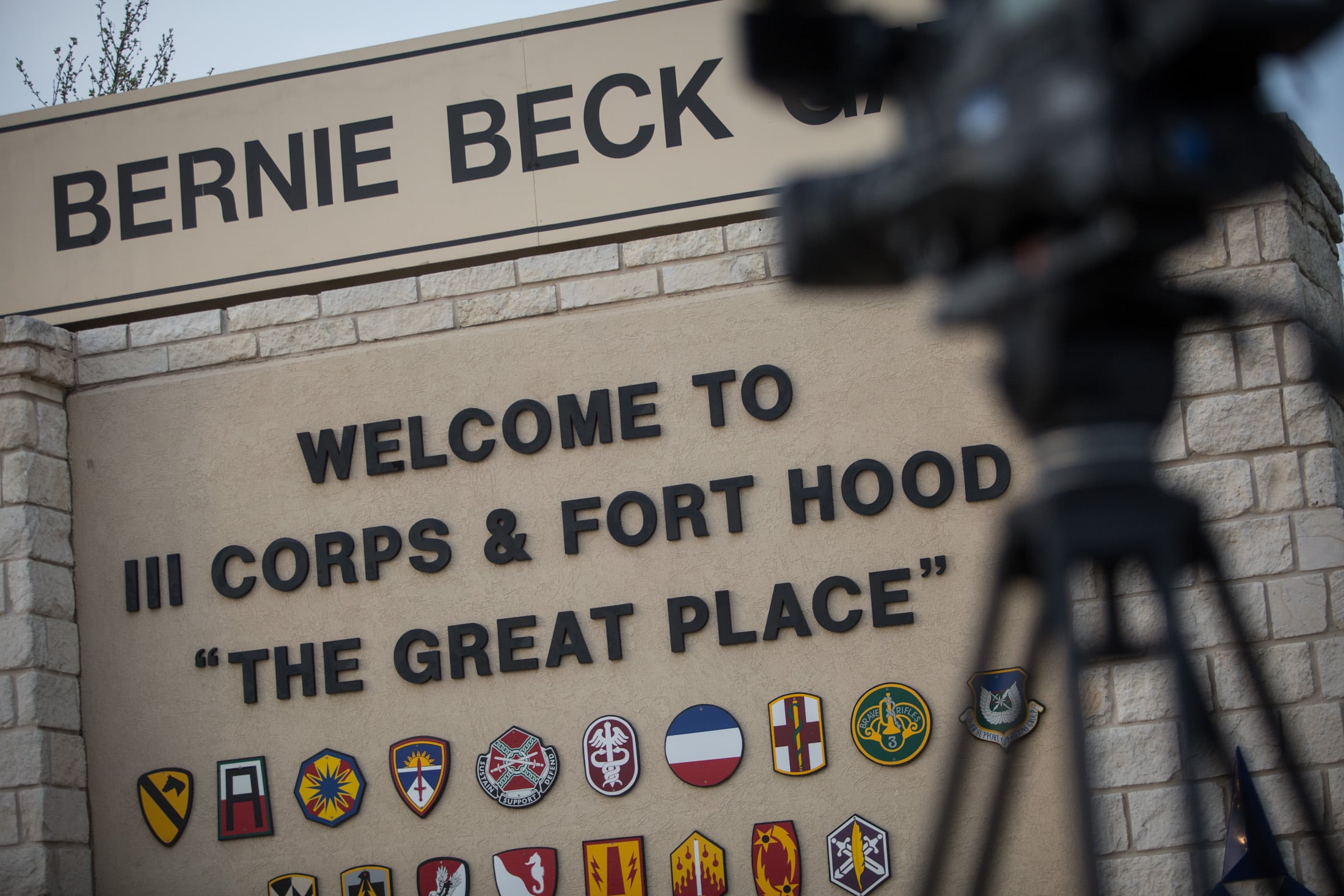It's been nearly 40 years since President Donald Trump's chief White House strategist Stephen Bannon reported for duty as a young surface warfare officer aboard a Navy destroyer. It was just a few years after the end of the Vietnam war and under President Jimmy Carter, most Navy ships were undermanned at the time and across the military complaints about a "hollow force" were common.
During Bannon's seven-year stint in the Navy, things would change rapidly. Ronald Reagan became president in 1980 and set out to build a 600-ship Navy. Military pay was raised, morale improved and there was plenty of opportunity for advancement in the growing Cold War-era force. Bannon would eventually rise to the rank of lieutenant and served in the Pentagon's E-Ring.
It was an experience that shaped the views of a man who is now Trump's chief strategist. While Bannon left the Navy as junior officer and went on to a career in business and media, Trump recently elevated Bannon to full membership on the National Security Council, a move that stunned many in Washington who question the conservative activist's qualifications.
On Sunday, White House spokesman Sean Spicer pointed to Bannon's seven years as a naval officer in justifying his presence in those high-level meetings. While not providing actual advice to the president, Spicer said Bannon instead presents the commander in chief with independent analysis of intelligence.

The guided-missile destroyer Paul F. Foster in rough waters while on deployment in 2002, shortly before the ship was decommissioned. Top advisor to President Donald Trump served on the Foster in the 1970's and 80's during his first tour in the Navy.
Photo Credit: Navy
The Navy Personnel Command provided Navy Times with Bannon's official Navy records, which includes dates of service, rank and specialty as well as the commands he served at and awards and decorations he earned. The Navy did not release Bannon's officer fitness reports that detail his on-the-job performance, which are typically not made public due to privacy concerns.
Yet the official chronology, along with interviews with Navy officers familiar with Bannon's service, reveal a young Navy officer on the rise and one who was at times working in close proximity to Pentagon power brokers as a staffer for two chiefs of naval operations.
"Regardless of one's political ethos, all you need to know is that he's one of us — a sailor," said one of Bannon's former shipmates, retired Rear Adm. Edward "Sonny" Masso, who finished his career commanding the Navy Personnel Command in Millington, Tenn.
Bannon attended Officer Candidate School in Newport R.I., and was commissioned in the summer of 1977. Masso met him soon afterward at the Surface Warfare Officer School in September. "We sat next to each other throughout the course and we both received orders to the Spruance-class destroyer Paul F. Foster," Masso said of Bannon in an interview with Navy Times last year.
Bannon's first job on the ship was as the auxiliary officer, running the ship's "A Gang" as part of the engineering department, where he was responsible for everything but the main engines, including generators, water purifiers and auxiliary propulsion in many cases.
Later, Bannon moved topside to serve as the ship's navigator and personnel officer, Masso said.
Masso said he and Bannon both qualified as Surface Warfare Officers and got their pins while stationed aboard the Foster.
At sea on the destroyer, Bannon was in the Persian Gulf in 1980, standing watch as the ship escorted the aircraft carrier Nimitz into the Gulf at a time when, unknown to Bannon, U.S. special operations troops were in nearby Iran launching Operation Eagle Claw, the botched rescue mission trying to free the 52 American hostages seized after Iran's 1979 Islamic Revolution. Often known as the "Desert One debacle," the mission failed, an aircraft crashed and eight American service members were killed.
But a note in Bannon's Navy records says the list of awards "reflects only those awards and citations present in the service member's Official Military Personnel File and listed in the Navy Department Awards Web Service site and may not be complete."
After about three years on sea duty, Bannon was hand picked for a highly coveted billet to work on the staff of the chief of naval operations at the Pentagon.
Even in the much larger Navy of the 1980s, billets on the CNO's staff were not easy to come by. Then, as today, junior officers are nominated by senior members of their community for these jobs and Bannon was selected.
"To achieve this type of billet shows as an officer he was at the top of his game at this point in his career," said a currently serving Navy official at the Pentagon about Bannon's nomination. The official asked to remain anonymous as he was not authorized to speak openly about Bannon's career.
Bannon reported to the Pentagon on Jan. 12, 1981, just eight days before Reagan's inauguration. Bannon was still a lieutenant, junior grade at the time, but was promoted to full lieutenant six months later.
Bannon's time on the CNO's staff overlapped two chief' of naval operations, first working for Adm. Thomas Hayward and later for the late Adm. James Watkins. Specifically, Bannon worked for the CNO's executive board, a collection of senior naval officers who provided guidance and analysis to the Navy's top officer.
Bannon left the Navy as a lieutenant on Oct. 30, 1983. He later attended Harvard Business School and went to work for Goldman Sachs investment bank. Bannon is most well known as the top executive for Breitbart News, a conservative news and opinion website often associated with white nationalism.
Like most sailors, Bannon was steeped in Navy culture and underwent the rite of passage to become a "shellback," first crossing the equator in the Pacific Ocean on June 5, 1980. Masso recalled the ceremony.
"Steve was a polliwog," Masso said, using the Navy's term for an inexperienced sailor who has never crossed the equater.
"We had a great time with him and other wog's during the ceremony. Steve's [Damage Control Chief] was [Chief Engineman] Larry Sagge and he was the Royal Baby," Masso said, referring to a central figure in the ceremony.
"Many [chief petty officers] back then had 'mature' waistlines and the visual of Steve kissing the Royal Baby's stomach is one, regrettably, I've never gotten out of my head," Masso said.
Mark D. Faram is a former reporter for Navy Times. He was a senior writer covering personnel, cultural and historical issues. A nine-year active duty Navy veteran, Faram served from 1978 to 1987 as a Navy Diver and photographer.




